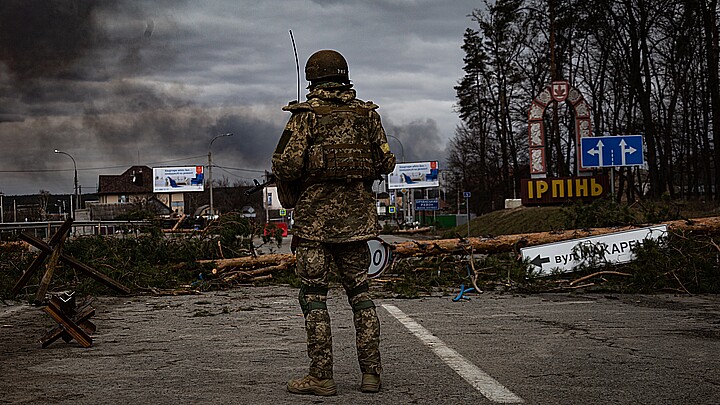Politics
Russia deploys dolphins for military training at Black Sea naval base
Military-trained dolphins are capable of detecting underwater objects and harassing enemy divers
April 28, 2022 4:11pm
Updated: April 29, 2022 6:48am
Russia deployed military-trained dolphins at its Black Sea naval base allegedly to protect its fleet from an underwater attack, according to a new analysis of satellite images, Infobae reported Wednesday.
The U.S. Naval Institute (USNI) reviewed satellite imagery of the naval base in the port of Sevastopol, and identified two dolphin pens at the entrance to the anchorage, protected by a seawall.
The pens were to be placed in the naval port in February, at the beginning of the Russian invasion of Ukraine.
According to HI Sutton, a defense analyst with USNI News, Sevastopol is the Russian Navy's most important naval base in the Black Sea. The dolphins could conduct counter-diving operations, which would prevent Ukrainian special operations forces from infiltrating the port underwater.
The Sevastopol naval base is crucial for Russia because it is located at the southern tip of Crimea, a territory annexed by the Kremlin in 2014. According to HI Sutton, many Russian ships anchored there are potentially vulnerable to underwater attacks, despite being outside of missile range.
Russia has a history of training dolphins for military purposes, using the aquatic mammal to retrieve objects or deter enemy divers.
Ukraine also trained dolphins at an aquarium near Sevastopol, in a program that was created from a Soviet-era scheme that fell into disuse in the 1990s.
During the Cold War, both the United States and the Soviet Union developed the use of dolphins, whose echolocation capabilities can enable them to detect underwater objects such as mines.
In addition, the dolphins are trained to protect the harbors against enemy divers. When a diver approaches, they strike the device on the person's back and cause them to surface.
In the northern Arctic, Russia's Northern Fleet also uses other types of marine mammals. For example, Beluga whales and seals, both with thick layers of fat to keep warm, are better protected against the cold than the bottlenose dolphins used in the Black Sea.
The Arctic is not the only place showing signs of increased use of Russian marine mammals. In 2018, Black Sea Fleet dolphins were deployed for several months at the Russian Mediterranean Sea naval base in Tartus, Syria, according to satellite photos.
Similarly, the United States has spent at least $28 million on maintaining its own troops of dolphins and sea lions, which can also be trained to help in conflicts, according to Infobae.









